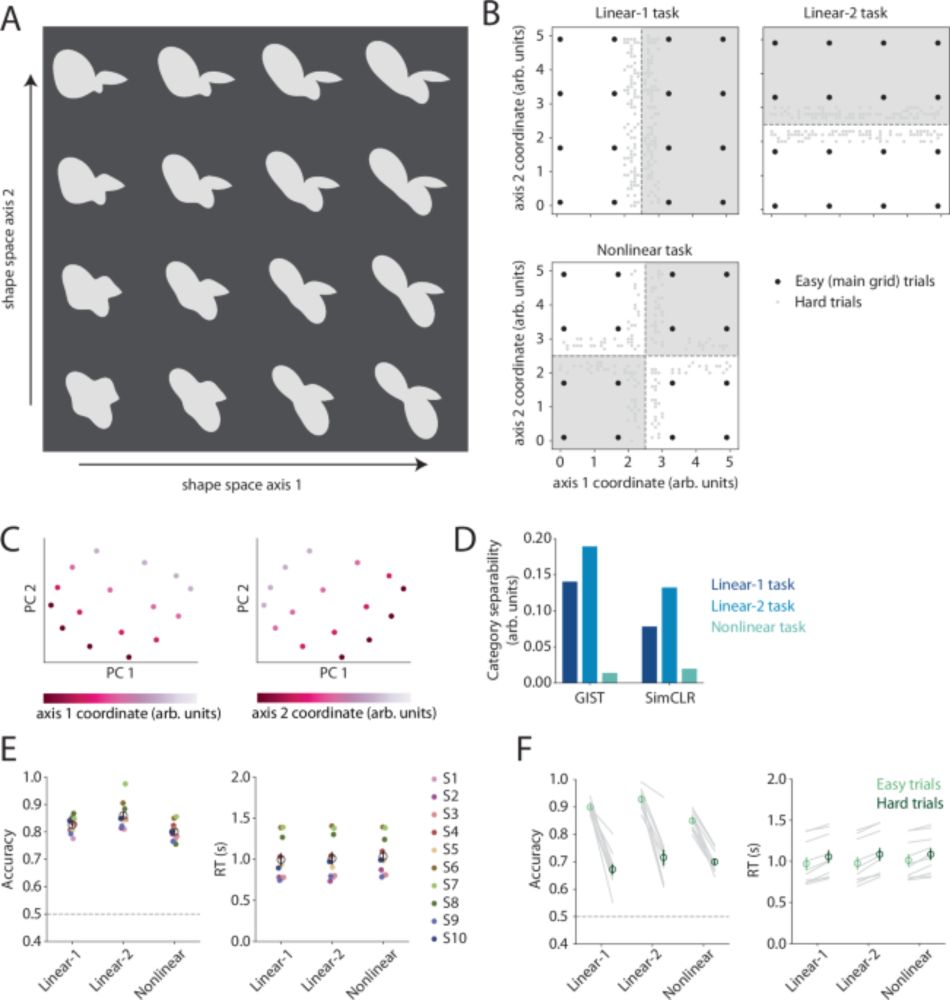Maggie Henderson
@maggiehende.bsky.social
330 followers
270 following
12 posts
Assistant Professor at Carnegie Mellon University | human visual cognition, computational modeling, natural image statistics | https://www.hendersonneurolab.com
Posts
Media
Videos
Starter Packs
Pinned
Maggie Henderson
@maggiehende.bsky.social
· Apr 14

Dynamic categorization rules alter representations in human visual cortex - Nature Communications
This study shows that neural representations of shape stimuli in human visual cortex are adaptively modulated when participants switch between different variants of a categorization task, becoming mor...
www.nature.com
Maggie Henderson
@maggiehende.bsky.social
· Apr 14

Dynamic categorization rules alter representations in human visual cortex - Nature Communications
This study shows that neural representations of shape stimuli in human visual cortex are adaptively modulated when participants switch between different variants of a categorization task, becoming mor...
www.nature.com
Maggie Henderson
@maggiehende.bsky.social
· Apr 14
Maggie Henderson
@maggiehende.bsky.social
· Apr 14
Maggie Henderson
@maggiehende.bsky.social
· Apr 14
Maggie Henderson
@maggiehende.bsky.social
· Apr 14
Maggie Henderson
@maggiehende.bsky.social
· Apr 14

Dynamic categorization rules alter representations in human visual cortex - Nature Communications
This study shows that neural representations of shape stimuli in human visual cortex are adaptively modulated when participants switch between different variants of a categorization task, becoming mor...
www.nature.com





